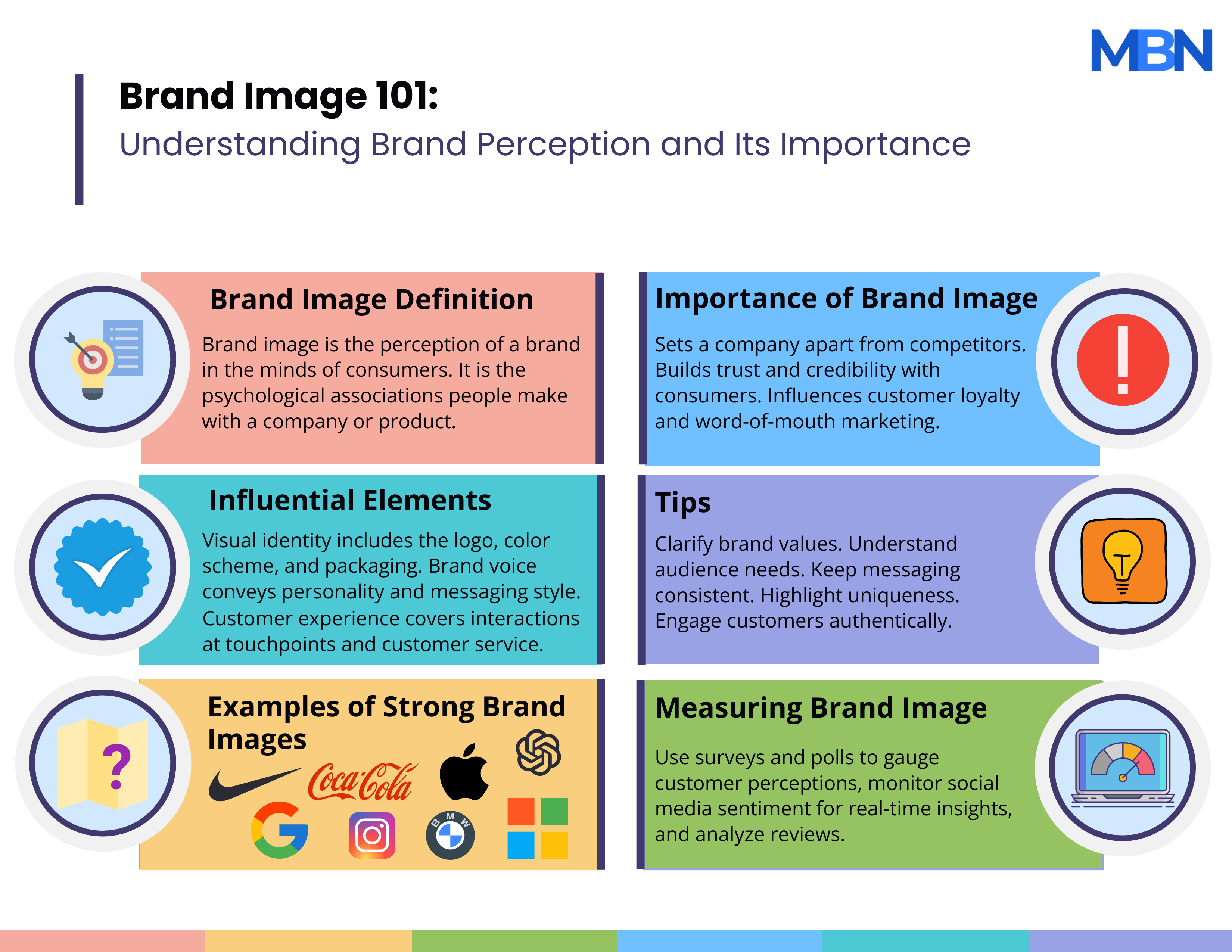In the business and marketing world, brand image is a crucial concept that plays a major role in how a company, product, or service is perceived by consumers, companies, and other organizations.
Brand image encompasses the beliefs, perceptions, and overall impressions that people hold about a brand. This image takes time to build up through consistent consumer experiences, product quality, advertising, and the company’s communication strategy. It doesn’t happen overnight.
To secure a lasting presence in the marketplace, cultivating a strong brand image is essential.

Brand image influences consumers
Consumer decisions are influenced by many factors, one of which is brand image. When we choose one product over another, it is often because of its brand image.
A strong, positive image not only encourages consumers to buy, it can also lead to customer loyalty. It allows companies to stand out in a crowd of competitors in today’s fiercely competitive marketplace.
A negative image, on the other hand, can deter consumers, which is bad for sales and profitability.
Components of brand image
Brand image consists of many interconnected components. Let’s take a look at some of them:
- Logos: A logo serves as a company’s visual identifier, essential for brand recognition.
- Packaging: Packaging is not just for protection but also communicates brand values and quality.
- Emotions the Brand Evokes: Brands aim to elicit positive emotions to build consumer connections.
- The Values the Brand Represents: A brand’s core values help to align with consumer beliefs and loyalty.
- Messages that Advertising and Public Relations Convey: Consistent and authentic messages from advertising and PR shape public perception.
- Customer Experience: Simple, positive interactions define customer satisfaction and loyalty.
- Brand Personality: This gives a brand its character and helps in forming a relatable image.
- Brand Stories: Compelling narratives about a brand’s journey can deepen consumer relationships.
- Visual Aesthetics: The consistent visual design of a brand’s materials contributes to its recognizability.
- Social Responsibility: Ethical practices and contributions to society can enhance a brand’s reputation.
These components work together to create a holistic view of the brand in the mind of the consumer.
Your target audience
If you want to build a positive brand image, you need to understand your target audience, especially their needs and preferences. Your target audience is the specific group of consumers most likely to want your product or service and to whom you direct your marketing efforts.
You must deliver consistent quality, engage in ethical practices, and communicate effectively. Your customers and consumers, in general, must see your company as reliable, honest, professional, and a provider of top-quality products or services.
Brand image in the global market
If you operate in international markets, you need to understand cultural nuances. Cultural nuances are the subtle distinctions in behavior, values, and expectations that vary between different societies or groups.
What works in your country may not necessarily resonate in another. Sometimes, you have to adapt strategies according to local tastes and expectations. For example, certain gestures considered positive, like the thumbs-up sign, can be offensive in countries like Iran or Afghanistan.
Brand image and social media
Over the last couple of decades, social media has played an increasingly significant role in shaping brand image.
Consumers can share their experiences and opinions on Facebook, Twitter, Instagram, LinkedIn, Pinterest, WeChat, and other social media platforms.
Positive reviews and endorsements help bolster a brand’s image, while negative ones, especially in large numbers, can be extremely damaging.
Managing your brand’s online presence and engaging with customers and prospects through social media is essential. A prospect is somebody who you believe has a good chance of becoming a paying customer.
Conclusion
A strong and positive brand image is crucial for a company that seeks long-term, sustainable growth. It is built over time through a combination of several factors. It can lead to customer loyalty and give you a competitive advantage.
